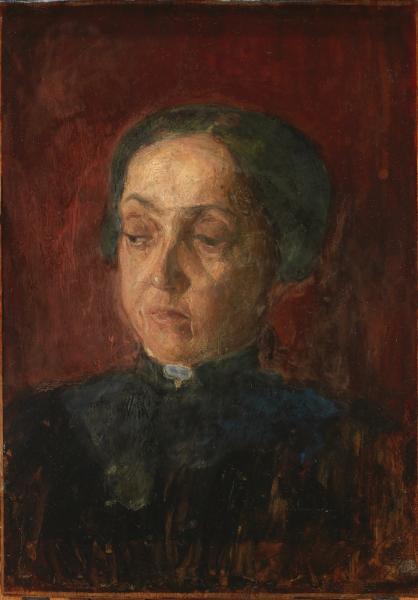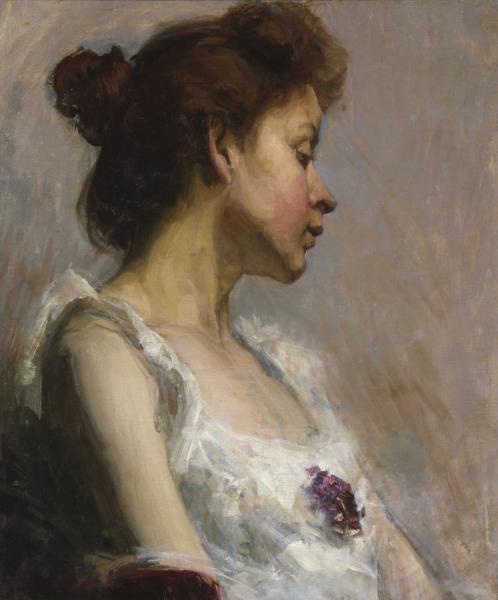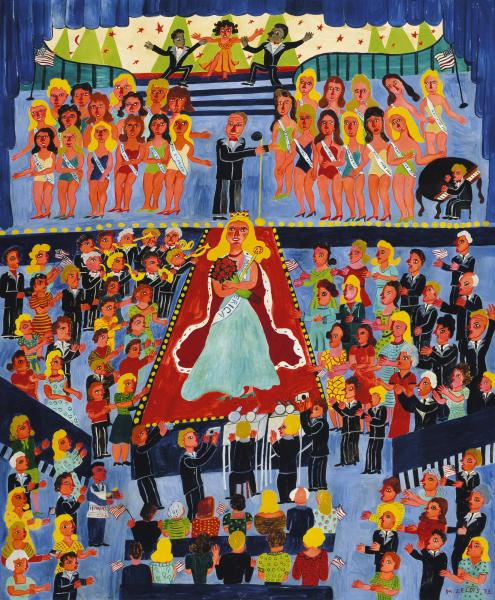



As unusual as it was for an African American artist to find success in Henry Ossawa Tanner’s time, it was as unusual for an African American to be the subject of a work while free from stereotyping. Tanner is best known now for his work in this exact subject: his rural genre art of African Americans, rather than the white Americans who were the common subjects of bucolic genre art. Although this is the subject matter he is famous for now, most of Tanner’s institutional success lay in his later religious art. The bulk of the SAAM’s collection of Tanner’s work is of his religious work, and thus, very different from the artist’s early genre work.
These portraits are nebulously dated. The portrait of Tanner’s mother was originally intended only for the artist’s personal collection, but they are likely from the same period of time due to the stylistic similarities between the works. The style similarities are largely Tanner’s quick, dry brushstrokes of the unimportant details, such as in the background and the rendering below the neck compared to the lavish details spared for the faces of the women in his life. Those details, especially in his mother’s face, are almost documentarian; dignity is imparted into every wrinkle of his mother’s face, as it is imparted into the chin-up pose of his wife’s.

Malcah Zeldis reminds the viewer how femininity is sometimes meant to keep women out. The women that are centered in ‘Miss America Beauty Pageant’ are in the running to be considered as women; for the central Miss America, this is what a woman who has won at being the epitome of an American woman. The competing women are not the only women in the painting, though: along the edges are a few women who contrast to Miss America. These women have curly hair, or are darker skinned, or are old, or working. Given that Zeldis was an emigree from Israel, this work reflects how she was being kept out. Women, in life and in art, are expected to be feminine; non-conformity is non-womanhood.